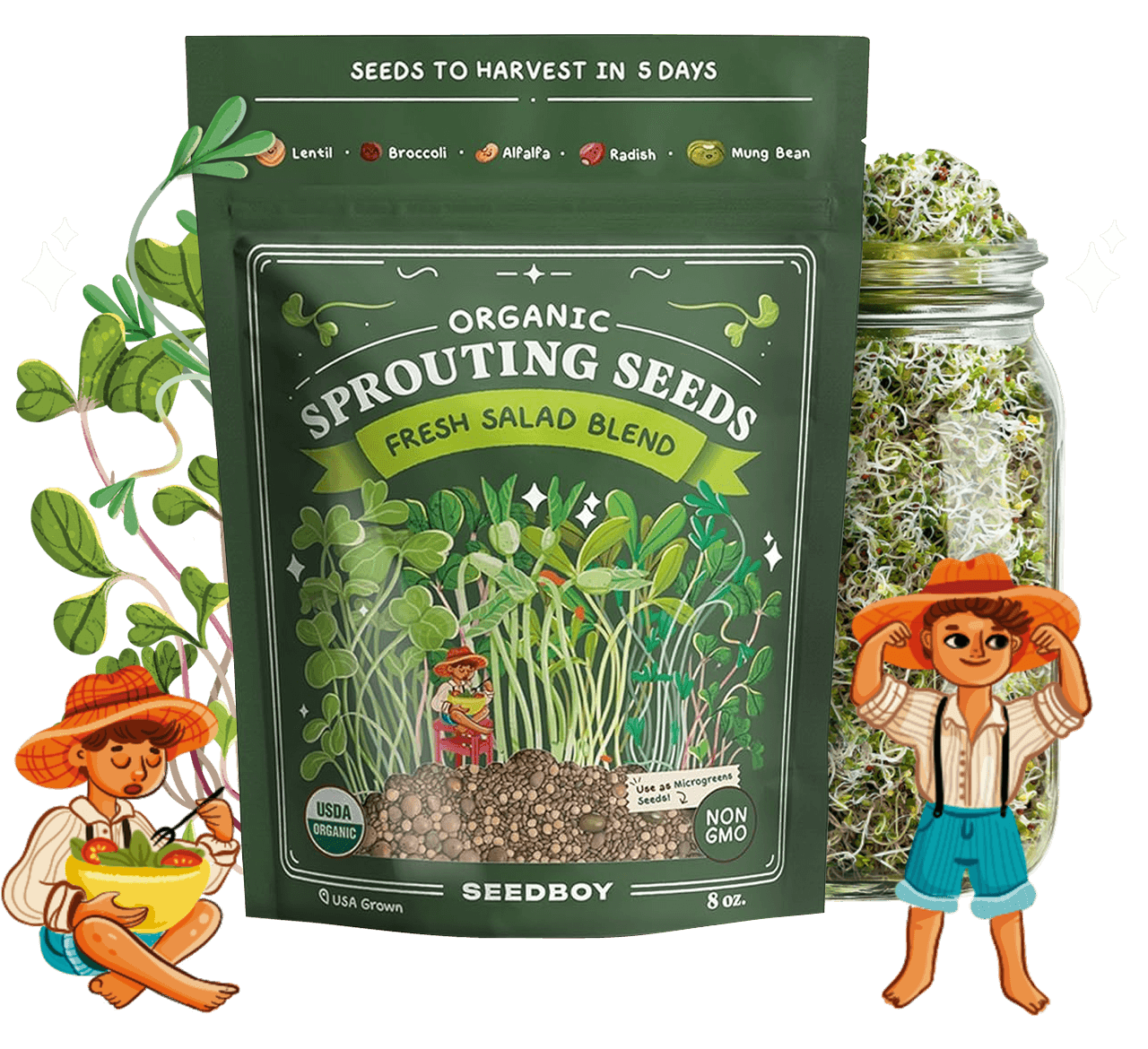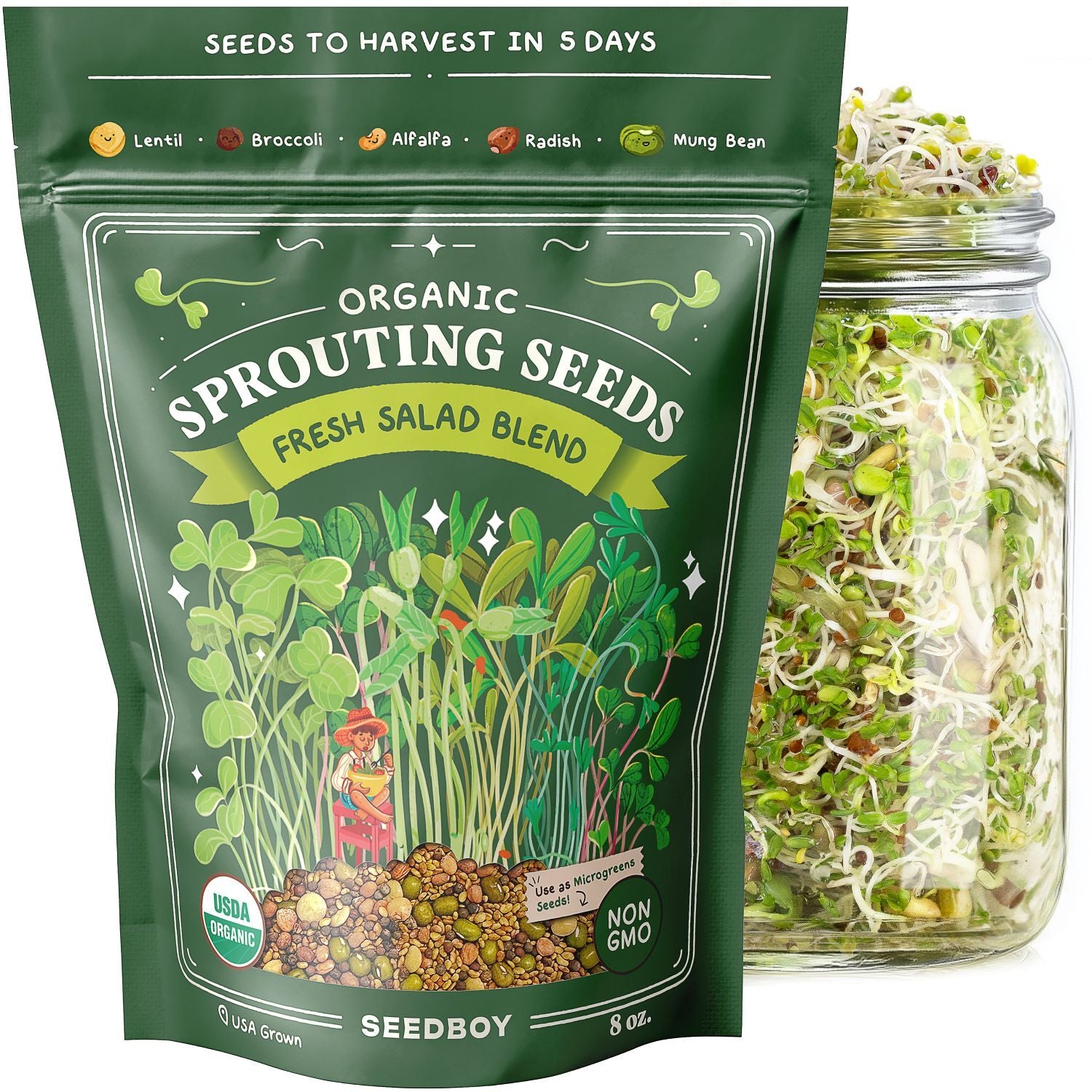
GROW GUIDE
Scarlet Nantes Carrot
Daucus carota
Plant Description
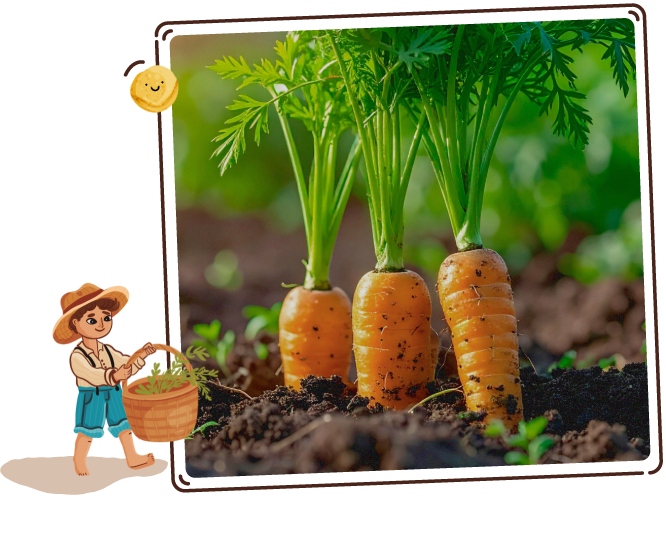
Scarlet Nantes Carrot
A crisp root vegetable known for its smooth, tapered shape and vibrant orange hue, often with delicate, feathery green tops.
This kitchen essential, cultivated for its versatility, is prized for its sweet, earthy flavor that adds freshness and depth to both raw and cooked dishes.
Quick Facts:
-

Sun Requirements
Full Sun
-

Days To Sprout
10-21 Days
-

Days To Harvest
60-80 Days
-

Plant Spacing
2-4"
-
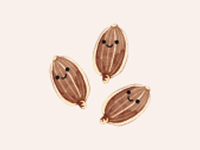
Seeds Per Hole
3
-

Planting Depth
1/4"
Best Planting Locations
-

Raised Beds
Provide deep, loose soil that allows for root expansion and easy harvest.
-

Garden Rows
Straight, well-drained rows encourage uniform growth, especially for long varieties.
-

Indoor Gardens
Grow lights and suitable pots help extend the growing season, even indoors.
-

Containers
Ideal for small spaces, allowing for easy soil control and mobility.
Getting Started

-
1
Find the Spot
Carrots grow best in a sunny spot with at least 6 hours of direct sunlight daily. If growing indoors, a south-facing window will provide the best light.
-
2
Prep the Soil & Fertilizer
Carrots prefer loose, well-draining soil with good organic content. Mix in compost or well-rotted manure to improve soil texture and nutrient levels. Use a low-nitrogen, balanced fertilizer to avoid excessive top growth and encourage strong root development.
-
3
Plant the Seeds
Plant 3 carrot seeds 1/4 inch deep in well-prepared soil. Cover lightly with soil as they require light to germinate.
Keep the soil consistently moist, but not soggy, during germination.
Place the seeds in a sunny spot with a soil temperature between 55° to 75°F. Thin seedlings about 2-4 inches apart.
Good Neighbors:
-

Beans:
Beans fix nitrogen in the soil, benefitting carrots
-

Chives:
Chives improve the growth and flavor of carrots and deter aphids, mites, and flies
-
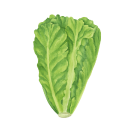
Lettuce:
Lettuce has shallow roots that don't compete with carrots
-

Radish:
Help break up soil for carrot root development
-
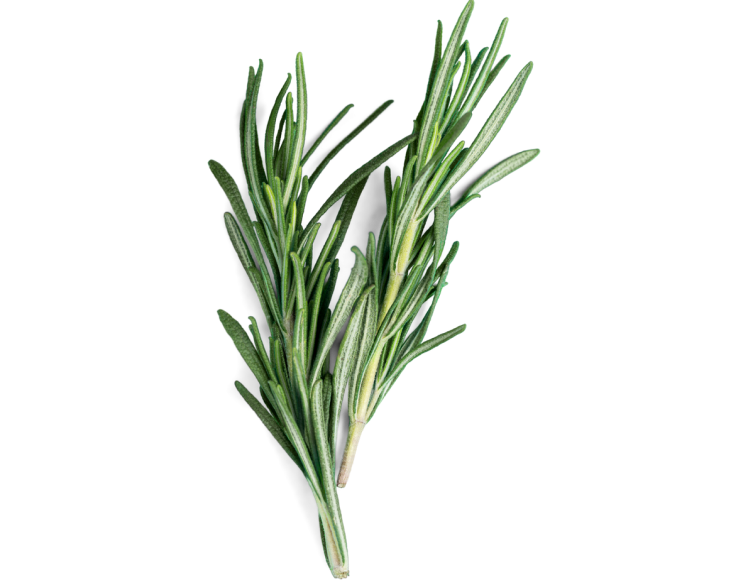
Rosemary:
Rosemary repels the carrot fly
Enemy Plants:
-
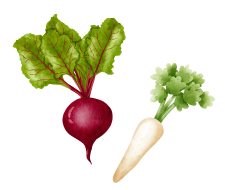
Parsnip & Beets:
Compete for space and nutrients in the soil
-
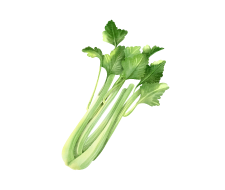
Celery:
Attracts carrot flies which harm carrot crops
Attractants:
-

Assassin Bug & Lacewing :
Carrots are a food source for insects that these eat
-

Parasitic Wasps:
Attracted to plants that provide nectar and pollen
Repellents:
-

Leek Moth
Repelled by the scent of carrots
-

Onion Fly
The scent of carrots is unpleasant or confusing to onion flies
Best Time to Plant
USDA Hardiness Zones

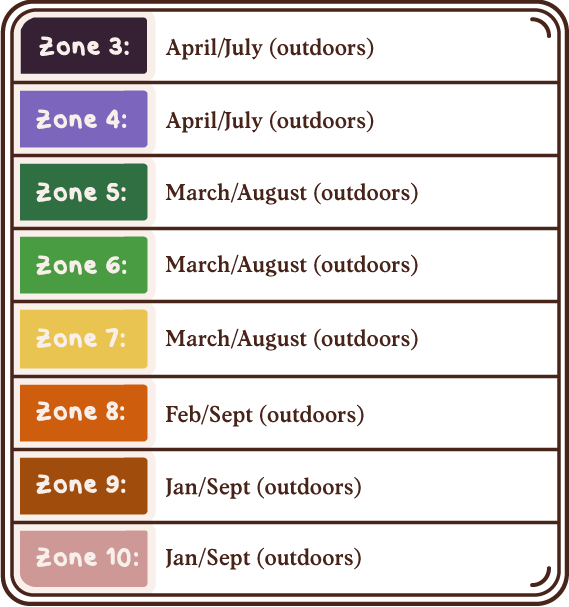
Day to Day Maintenance

-
Watering
Water consistently to keep the soil moist, but not soggy. Carrots prefer evenly moist soil, especially during germination and early growth. Avoid overwatering, as this can lead to root rot.
-
Thinning
Thin seedlings when they reach a few inches tall to allow space for healthy root development. Space them 2-4 inches apart to ensure the roots grow properly without overcrowding.
The Harvest

-
Gathering
Harvest carrots when their roots are fully developed, usually when their shoulders are 1/2 to 1 inch in diameter and 6-7 inches in length. Loosen the soil and gently pull out the carrots, being careful not to damage the roots.
-
For the best flavor, harvest carrots early in the morning when the soil is cool and moisture levels are high. This helps preserve their sweetness and crispness.
Favorite Uses
-
Snacking
-
Soup
-

Cake
-

Juices
-
Stew

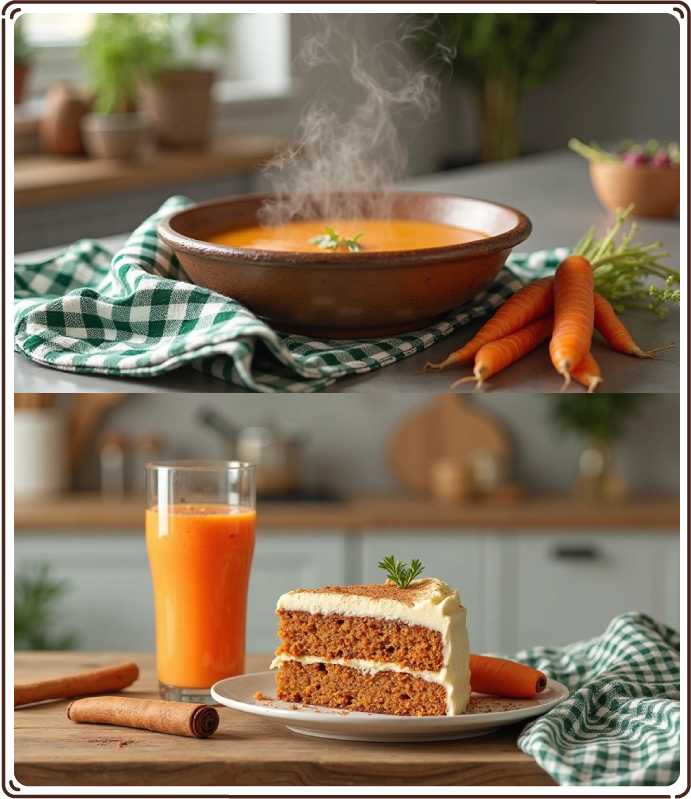
How to Store
-
Room Temperature
Duration: Up to 1 week
Location: Store in a cool, dark place away from direct sunlight
Method: For short-term storage, keep unwashed carrots in a bowl or basket at room temperature. The carrots will stay fresh for a few days but should be used soon.
-

Refrigeration
Duration: 1-2 weeks
Location: Store in the vegetable crisper drawer of the refrigerator
Method: Remove any leafy tops to prevent moisture loss and place the carrots in a perforated plastic bag or wrap them in a damp paper towel. This helps retain moisture and keep the carrots crisp.
-

Freezing
Duration: Up to 6 months
Location: Store in the freezer
Method: Peel and cut the carrots into slices or cubes. Blanch them in boiling water for 2-3 minutes, then quickly cool them in ice water. After draining, spread the pieces on a baking sheet to freeze individually before transferring to a freezer-safe bag or container.
-

Sand Storage
Duration: Several months
Location: Cool, dark and well-ventilated area
Method: Use clean, moist sand in a container or wooden box. Layer the carrots individually, completely covered in sand to prevent exposure to light and moisture loss. This method mimics natural root cellar conditions and keeps the carrots fresh for an extended period. Check occasionally to ensure the sand remains moist but not wet.
Fun Facts

-
Ancient Roots
Carrots originated in Afghanistan and have been cultivated for over 3,000 years, making them one of the oldest cultivated crops in history.
-
Carrot Glow
Eating an excess of carrots can cause your skin to turn slightly yellowish—a harmless condition called carotenemia, caused by too much beta-carotene.
-
Hydration Power
Carrots are made up of about 88% water, making them a refreshing and hydrating snack, perfect for staying cool during hot summer days.
-
Colorful Past
Before the 17th century, carrots were purple, white, red, yellow, and even black. The familiar orange variety we know today was developed in the Netherlands as a tribute to the Dutch royal House of Orange.
Subscribe to our Newsletter: "The Small Garden Chronicles"
Where curious growers gather for garden inspiration.
